
Build a temple to worship Buddha
According to the elders in Hoa My village, the pagoda was initially established not for religious purposes, but to worship a stone Buddha statue.
The statue was discovered by villagers at Ong Ke hill (also known as Coc hill) and brought to the pagoda. The task of cleaning and burning incense in the pagoda was assigned to an elderly person in the village.
After 1954, when the war against France ended, the Buddhist movement at Hoa My Pagoda was revived and developed, the pagoda received attention and was restored. However, during the war against America, the pagoda was devastated by war, the ancient stone statue was exposed to the elements.
In 1980, some enthusiastic Buddhists used bamboo and straw to build a temporary tent to protect the statue from the sun and rain and to have a place to burn incense. And in June 1991, the pagoda began to repair the old foundation, rebuild it with wood and tile roof, forming a place for activities, meetings and organizing Buddhist ceremonies throughout the year.

Currently, in the main hall of the pagoda, there are 3 rooms to worship 3 statues. The main room in the middle of the pagoda worships a large bronze statue, the room on the right worships a wooden statue carved in a standing position of Bodhisattva Avalokitesvara, and the room on the left worships a monolithic stone Buddha statue from the Champa period. This statue was also discovered more than 150 years ago on a mound located 1km southeast of the pagoda.
The statue is seated, legs straight, hands resting on knees, head slightly tilted, eyes deep, head with unisa represented by a lock of hair.
The statue wears a long, loose robe with parallel folds that extends down to the feet; on the left shoulder there is a small flap. Behind the statue is a pedestal carved in the shape of a Bodhi leaf, with a small crack at the junction between the pedestal behind the statue and the statue.
The anthropological features clearly show the Cham ethnicity with high and connected eyebrows, a large nose, thick lips, a mustache, and a square face. In particular, the hair created by spiral hair rings and the skull cap (unisa) still exudes strength and fierceness like other faces of the Champa stone statue style.

To meet the needs of the villagers, Mr. Vo Van Nhuong donated a plot of land larger than one hectare to the village to build a pagoda. Mr. Vo Van Nhuong was born in the early 19th century, lived to be over 100 years old and was granted the two words "Tho dan" by King Thanh Thai and the title Thang Binh Nhan Thuy.
In the mid-19th century, Mr. Vo Van Nhuong donated land to build the pagoda. The statue has been discovered and worshiped for more than 150 years. However, there has been no research or publication about this statue.
Cham bricks in Ong Ke mound
After discovering that Hoa My Pagoda worships a Champa Buddha statue, we searched again for the Ong Ke mound area - where the statue was previously discovered. However, the elders in the village did not know the exact location of this land.
After searching for the location of the mounds between Hoa My and Phu Trach villages, we found a large mound site with an area of about 2.8 hectares, located 1km southeast of Hoa My pagoda.

Previously, the mound had many houses. However, now all the households on the mound have moved to more convenient areas to live.
The mound area is currently used as a small cemetery along with acacia cultivation. The mound surface is covered with dense wild bushes. In the center is a large, sacred mango tree, which the local people are very afraid of and do not dare to touch or cut down.
On the surface of this mound, we discovered many pieces of broken Cham bricks scattered over a fairly large area. Mr. Nguyen Van Mot - who currently lives next to the mound area, said that in the past, during the process of searching for iron and metal, when digging to a depth of about 60-80cm, he discovered quite a lot of Cham bricks (local people call them Hoi bricks) on the mound. The bricks were built thickly in rows and this area was previously called Ong Ke mound.
The research team believes that Ong Ke mound may be the remains of a Buddhist architecture from the Champa period. There are still architectural traces underground, so in the coming time, further exploration and excavation is needed to clarify the scale and connection between this architecture and other relics of the same period belonging to the Champa culture.
The Buddha statue of Hoa My Pagoda and the architectural ruins at Ong Ke Mound are important new discoveries in the study of Champa Buddhism in Que Son in particular and the study of Champa history in general.
In the future, it is necessary to conduct more surveys, excavations, research, and explanations of these vestiges and plans to register national antiquities and treasures to protect ancient statues.
The Buddha statue of Hoa My Pagoda is an intact Cham statue, carved in a sitting Buddha posture, in the European style, similar to the Dong Duong Buddha statue, discovered in the Central Tower in 1902, the sandstone statue is 158cm high; currently on display at the Da Nang Museum of Cham Sculpture (symbol BTC 138-13.5). This European-style sitting posture is also unprecedented in Buddha statues in India and South Asia, and is rarely seen in Chinese sculpture art.
According to Tran Ky Phuong - Nguyen Thi Tu Anh in the article Decoding Dong Duong Buddhist Institute - Looking from the structure of the Tantric mandala of the Womb Realm, it is explained that the Buddha statue is sitting with its legs hanging down, it can be inferred that this is Amitabha Buddha because he is associated with Bodhisattva Lakṣmīndra-Lokeśvara, the main deity of Dong Duong Buddhist Institute, praised in the inscription of King Jaya Indravarman.
Source





![[Photo] Prime Minister Pham Minh Chinh and Prime Minister of the Kingdom of Thailand Paetongtarn Shinawatra attend the Vietnam-Thailand Business Forum 2025](https://vphoto.vietnam.vn/thumb/1200x675/vietnam/resource/IMAGE/2025/5/16/1cdfce54d25c48a68ae6fb9204f2171a)



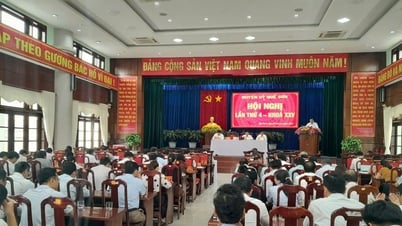
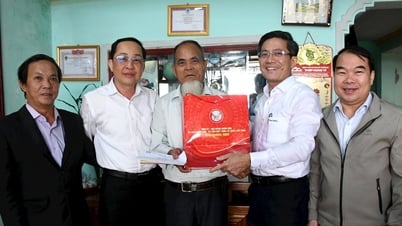
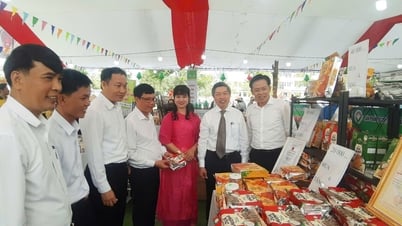

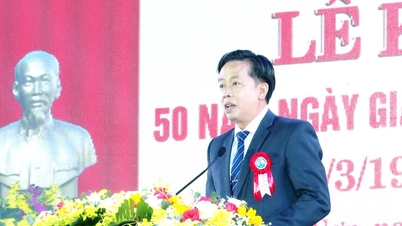
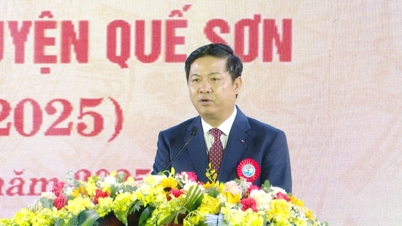
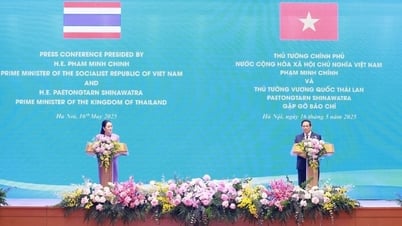

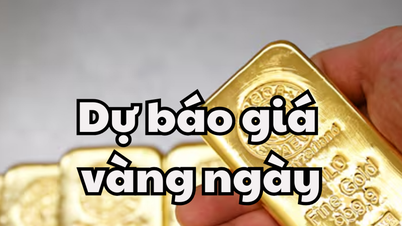

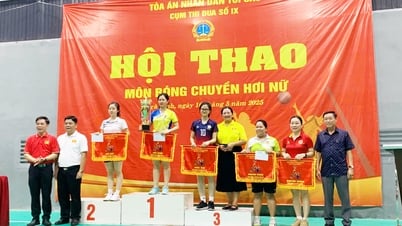





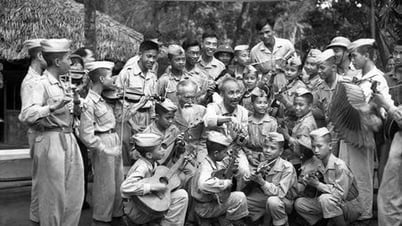


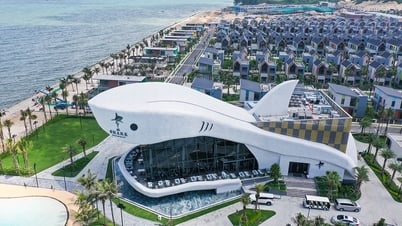
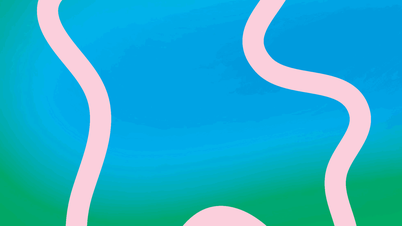
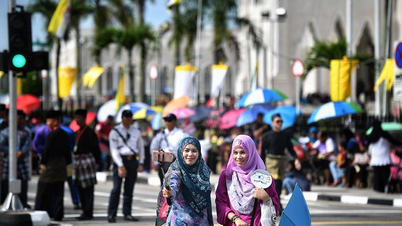
![[Photo] President Luong Cuong receives Prime Minister of the Kingdom of Thailand Paetongtarn Shinawatra](https://vphoto.vietnam.vn/thumb/1200x675/vietnam/resource/IMAGE/2025/5/16/52c73b27198a4e12bd6a903d1c218846)





























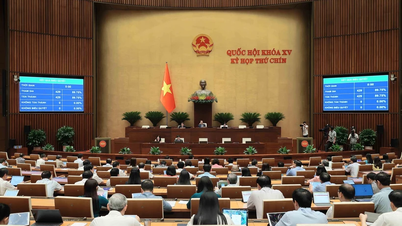















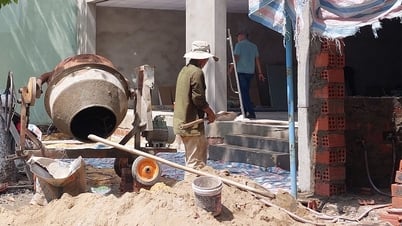

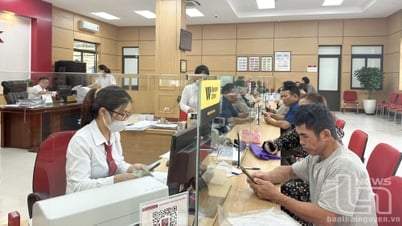


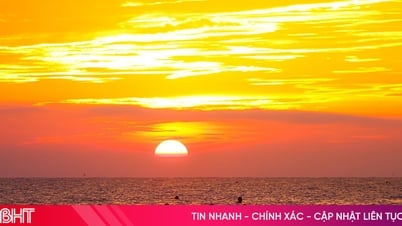












Comment (0)